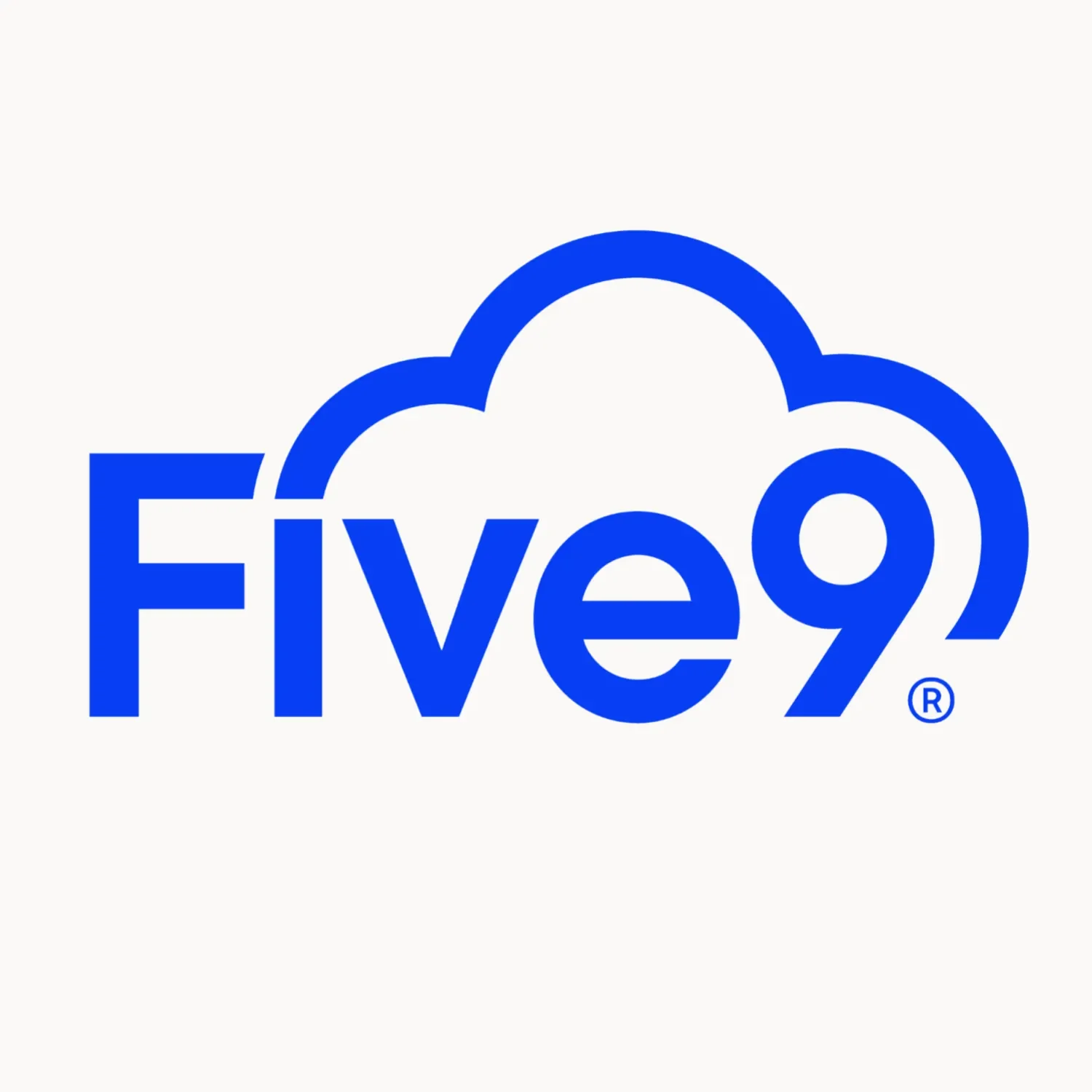Growth Hacking Meets Customer Service
By Edwin Margulies The principles of growth hacking are extensible and can be applied to the realm of customer service. Whether you want to embed applications and APIs on your web site and mobile apps, add sentiment feedback, and viral mechanisms - there's no reason to limit these tricks of the marketing trade to… marketing. Nor should these concepts be limited to small, startup companies with tiny budgets. Savvy customer service executives and other practitioners of customer care can also team up with technical gurus to increase loyalty, solve customer problems, and get great feedback. Here are some ways you can use growth hacking discipline to step up your customer service game.
Nor should these concepts be limited to small, startup companies with tiny budgets. Savvy customer service executives and other practitioners of customer care can also team up with technical gurus to increase loyalty, solve customer problems, and get great feedback. Here are some ways you can use growth hacking discipline to step up your customer service game.
What's Growth Hacking?
Growth hacking first represented an alliance between the marketing and technical leadership of your company. It's a teaming arrangement wherein your chief marketing evangelist works with your top technical gurus to game your website, applications and other customer touch points for accelerated growth. A hallmark of growth hacking is the concept of viral mechanics in which customers and prospects are cajoled into propagating your brand using built-in instruments you embed in your customer-facing apps. This is done in addition to traditional word of mouth referrals in order to accelerate uptake of your brand, applications and products. But there's no reason why the disciplines leveraged for brand awareness cannot also be applied to customer service. Let me count the ways…
Forging New Alliances
First, in order for you to truly leverage the concepts of growth hacking for customer service, your company executives need to embrace the idea of putting together teams of customer service visionaries and technical visionaries. These people must meet to discuss new, cool ways you can trick-out your customer touch points with new, social mechanisms, feedback mechanisms, and even viral ones. This will be a journey that has no end point. Your team will want to constantly create ideas, test them and make improvements all the time.
Use Published and Home-Grown APIs
As the social networking world has taught us over the past decade, customers love to publish their likes, dislikes and calls to action in the public realm. They do this via YouTube, Facebook and Twitter to name just a few of the many outlets. Many of these companies publish APIs that allow your technical team to write extensions so your web site, mobile apps, and custom applications can collaborate with social networks. In its simplest form, you can embed your companies' Twitter feed on your web site and allow prospects and customers to click a link that allows them to follow your brand. Beyond this, you can write an application on your web site that allows people to log in using their Twitter or Facebook credentials. This lets your customers authenticate your application against their FaceBook or Twitter account so comments or suggestions they leave can be re-broadcast onto their social networks. That's better than a simple follow any day. There are endless possibilities here because once your own applications are authenticated against a person's Facebook or Twitter account, you've "embedded" a piece of your company right inside their social network. This means you can add capabilities like feedback buttons, scheduling, opt-ins and a host of other ideas you and your team can create.
Leveraging Feedback Instruments
There are other vendors besides the social networks who have APIs available for the creation of real time scoring instruments and sentiment feedback instruments (see InAppCare.com for example). You can use these APIs to gather sentiment and verbatim quotes on your web site or smartphone apps and then use that data to trigger customer service reach-out. How cool would it be to have a "social early warning system" so your customer service specialists can automatically reach out to customers who need help - even before their problems go viral? This is not the antithesis of viral mechanics by any stretch. The very idea that once-static survey data can be made "live" to get instant customer feedback is one of the holy grail's customer service execs have been searching for. The notion of embedding "likes" and "shares" in the instrument so customers can brag about how quickly they were served clearly supports the viral element. You don't even have to force them to share as has been tried in some games where you can't go to the next play level unless you tell a friend.
Leveraging Contact Channels
I also urge customer service executives to huddle with your technical gurus on ideas for using real-time customer experience data (and big data) to trigger customer contact on preferred channels. For example, you can collect sentiment and scoring feedback in your community site and knowledge base articles. Your technical gurus can write programs that collect feedback on relevancy, customer importance, customer sentiment and use that to push offers of help via callback or chat. You can push the data you collect from web site interactions like this to cloud-based services that will automatically grab an agent and make a phone call back to the customer (see holdfree.com). Or automatically push a tweet with a URL to a callback form or coupon offer. In turn, these forms can be used to encourage the sharing of a good coupon with friends.
Gamification Strategies
You can also spice up customer service interactions on your web site and smartphone applications with a gamification strategy. Here, you can offer loyalty points, virtual dollars or even just plain recognition to the customers that offer the most valued feedback, or who visit your website the most, or who offer the most help in your community site, etc. This can be based on the idea that some of the best content on web sites (especially those with social community software) is the content that's "self-generated" content. That's the stuff of Facebook and twitter also. The idea that people in the community can crank out a lot of content. You can encourage their producing content by running contests, or providing incentives for them to continue creating that content. It can be a fun project for your technical gurus to track usage, and create a leaderboard on your site or in your smartphone apps. Here, you can offer the ability for customers to share news about their "booty" to their social networks. So customers can brag to their friends about how they were rated by your programs. You can even do weekly highlights (with permission of course) of the top leaderboard participants. Think photos, bios, favorite apps, verbatim quotes.
Conclusion
Whether it's leveraging community-generated content, soliciting feedback, gaming communication channels, or taking advantage of published or proprietary APIs - you can use growth hacking concepts to step up your customer service game. Take full advantage of your technical and customer service leadership today and ask your team to come up with your "top ten growth hacking" ideas for your company. Growth hacking does not have to be the singular domain of little companies or just the marketing effort either. Customer service is the "new marketing" so use every trick at your disposal to be a world class customer service company.




